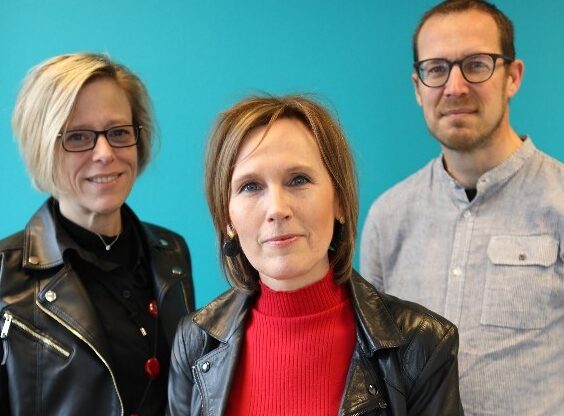Unpaid invoices at your clients: the problem and your solution
As an accountant, you regularly notice that unpaid invoices put pressure on your clients’ liquidity and cash flow. At the same time, the proper follow-up of these files requires a lot of effort, communication, time and frustration. As the number of unpaid invoices increases, the demand for processes that take the burden off the accountant and his customers becomes more and more pressing. Isabel Group is responding to this demand with Clearnox.
Since 2017, Graydon and UNIZO have been surveying the payment behaviors of businesses and governments. The most recent financial report indicates that in the third quarter of 2020, no less than 15.48% of invoices issued were paid more than 90 days after their due date, or not at all. This development leads to rather tricky cash flow situations. Intrum’s European Payment Report 2020 indicates that 43% of companies expect a slight to significant increase in the number of late or non-payments. Business leaders believe that the payment gap is widening further. As a CPA, you may have noticed that the number of unpaid invoices continues to rise, even though your clients’ cash flow is monitored, you keep a close eye on their accounts and you follow all the golden rules.
“The goal is to make sure that open invoices are paid.”
“COVID has only slowed down the payment system further,” says Mathias Eleaume, founder of Clearnox. The French company has developed a debt collection solution and has been part of Isabel Group since spring 2021. “The health crisis has only accentuated the need for more and better cash flow.” As a result, entrepreneurs are increasingly aware of the importance of meticulous debtor follow-up. While large companies are investing heavily in automated processes, smaller organizations rely on direct support from their accountants.
“Small businesses are short-handed,” says Mathias Eleaume. “Often, they are not well equipped or don’t have the right skills or data to do debt collection themselves.” For a company to turn to its accounting firm is a form of recognition as a business partner, but, inevitably, this leads to an expansion of services – and the responsibilities that come with it. As a CPA, you can make a difference for your clients through software support. “This is exactly what we are aiming for with Clearnox,” explains Mathias Eleaume. “The goal is to make sure that open invoices get paid.”
Mathias Eleaume Founder Clearnox"Small businesses are short-handed. Often, they are not well equipped or don’t have the right skills or data to do debt collection themselves."

Good communication builds better relationships
The first step is to share relevant payment information with the contractor. This way, as a CPA, you give your client insight into the status of their receivables and cash flow situation. Software such as ClearFacts offers the perfect solution for this. Traditionally, the role of the accounting firm often ended once the detailed statement of accounts receivable had been shared, and it was up to the contractor to take collection action. But as mentioned, many contractors do not have the proper mechanisms or data for effective customer-focused cash management. Too often, their approach fails due to ineffective follow-up, such as sending unstructured reminders or not taking further action due to time constraints. As a result, the list of unpaid invoices unfortunately continues to grow.
In this case, automation is once again the ideal ally for the entrepreneur. It facilitates the targeted segmentation of customers and the automated flow of reminders, requests and reminders. Clearnox uses ClearFacts information as a source, after which the contractor sets up automatic collection scenarios based on his customer profiles. The software also provides the contractor with continuous updates of outstanding balances and liquidity position. “Clearnox shows which customers can be considered good payers and which are not,” explains Mathias Eleaume, “and provides insight into what actions to take.”
Most importantly, Clearnox addresses the communication challenge with automated workflows. For example, customers receive an automatic message when an invoice due date approaches, followed by a second message on the due date itself. “This allows you to tailor your communication very specifically to the customer profile,” explains Mathias Eleaume. At the same time, the information from Clearnox can also be used in other processes. A salesperson who has an appointment with a customer can immediately see whether it is necessary to bring up an unpaid invoice. “Collection is all about communication. Through good communication, you can build better relationships, which is very important.”
Offer it as an additional service to your client
As an accounting firm, you can offer collections – from Clearnox – as an additional service. According to a recent Sage study, eight out of 10 accounting firms see their role evolving into one of advice and support, while 43% believe technology is already helping their productivity. 51% expect technology to have a major impact in the next five to 10 years. A user-friendly, online, functional platform that facilitates an efficient collection process is a natural fit. “By offering a service like Clearnox, the accountant only strengthens the relationship with his clients,” concludes Mathias Eleaume. “Thus, the tool not only benefits clients, but also contributes to the differentiation of the accounting firm.”
Curious about how Clearnox can benefit you and your clients?



